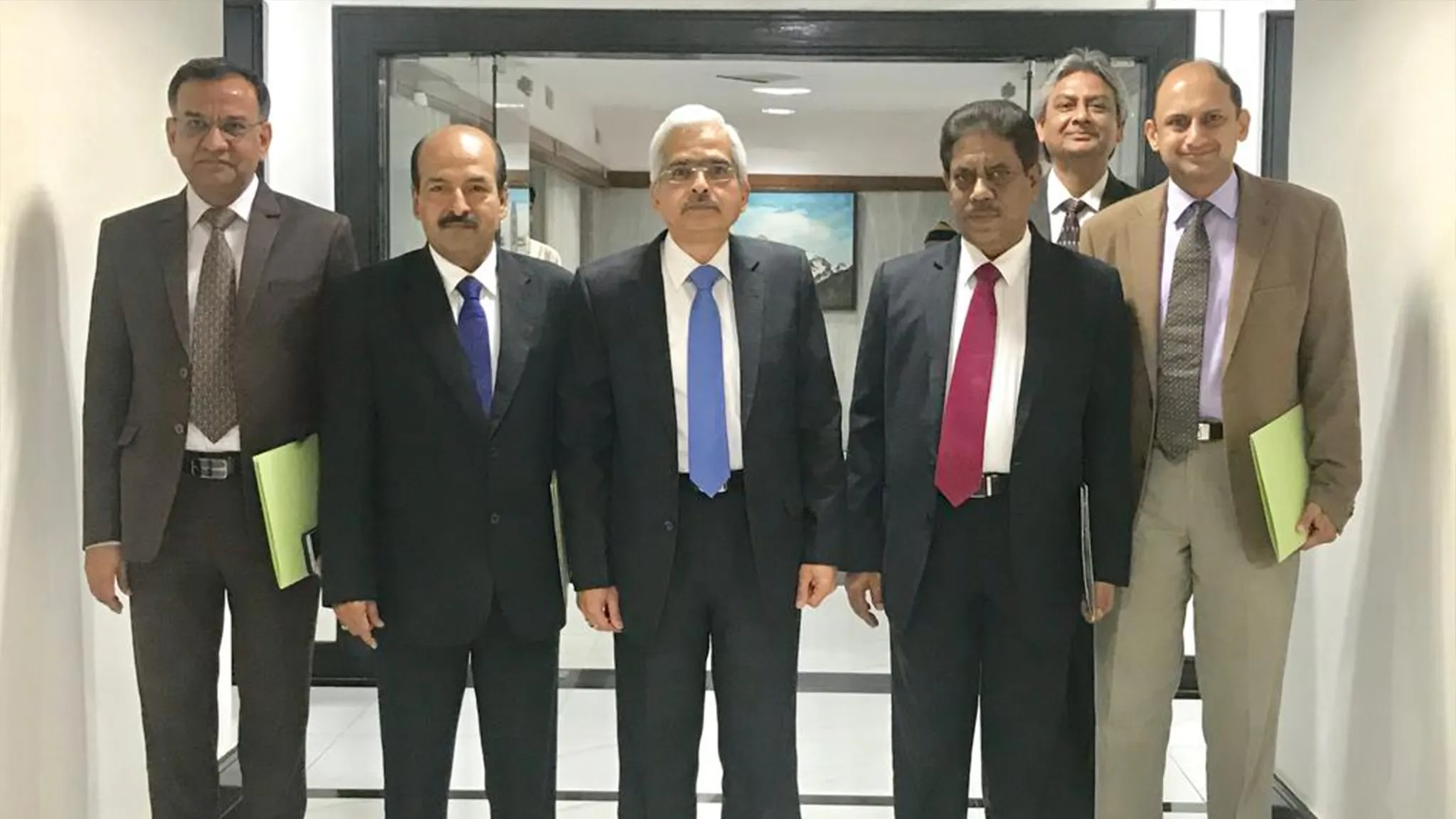MPC Voting Shows Dissent on Rates
The Monetary Policy Committee (MPC) of the Reserve Bank of India (RBI) held its policy rate steady today, but a shift in voting patterns suggests a potential change in direction in the coming months. Instead of the previous 5-1 vote to maintain the status quo, the committee is now split 4-2. Ashima Goyal joined Jayanth Varma in voting for a 25 basis point rate cut and a change in stance to ‘neutral’. This divergence signals growing unease within the MPC about the current high interest rates and their impact on economic growth.
Growth Forecast Revised Upwards
Interestingly, this change in voting comes even as the MPC has revised its growth forecast upwards for the current fiscal year to 7.2 percent, a notable increase from the 7 percent projected in April. This revision is underpinned by a stronger-than-expected GDP growth of 8.2 percent for the previous fiscal year. With such robust growth figures, one might question the urgency for a rate cut. However, the dissenting MPC members likely believe that the current real interest rates, which are quite high, are stifling the economy’s potential and that inflation is being managed effectively enough to warrant a more accommodative stance.
Inflation Still a Key Worry
Despite the positive growth outlook, inflation remains a key concern for the RBI. While the MPC acknowledged the disinflation achieved so far, it remains vigilant about upside risks, particularly from persistent food inflation. RBI Governor Shaktikanta Das emphasized the need to bring inflation down to the 4 percent target on a durable basis. He even used the analogy of an elephant walking slowly to describe the sticky nature of disinflation in the ‘last mile’. This cautious approach suggests that the central bank is prioritising price stability, even at the expense of potentially faster economic growth.
Budget Balancing Act Ahead
The RBI’s assessment also offers clues for the upcoming Union Budget. With nominal GDP projected to be higher than the interim budget estimate of 10.5 percent, there is room for fiscal manoeuvre. However, the budget will need to strike a delicate balance. On one hand, there is a need to continue government capital expenditure to sustain growth momentum. On the other hand, the recent election results highlight the need to address rural distress and boost private consumption, particularly in rural areas. Fiscal measures to tackle persistent food inflation will also be crucial.
The MPC’s split vote and the RBI Governor’s cautious tone indicate that the fight against inflation is far from over. While growth remains strong, the central bank is unlikely to rush into rate cuts until it is confident that inflation is firmly under control. This means that the focus will remain on price stability in the near term, and any significant easing of monetary policy is likely to be gradual and data-dependent.
What does this mean for the average person? While the robust growth forecast is encouraging, the continued focus on inflation control suggests that interest rates are likely to remain elevated for some time. This could mean that borrowing costs for loans will remain high, impacting spending power, even as the economy continues to grow.
Image Courtesy: X(RBI)










Leave a Reply